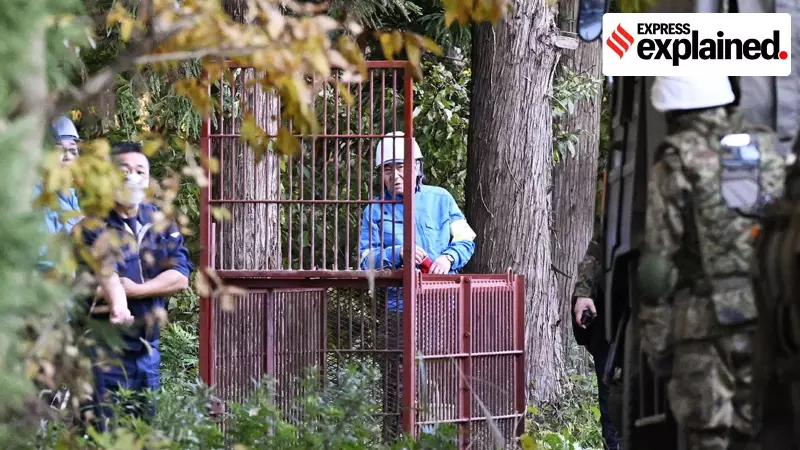
In an unprecedented move that highlights the severity of Japan's wildlife crisis, the nation has been forced to deploy its military to combat a dramatic surge in bear attacks. What began as isolated incidents has escalated into a full-blown emergency, with bears venturing into urban areas and creating panic among residents.
The Alarming Statistics Behind the Crisis
The numbers tell a frightening story. Bear attacks and sightings have reached record levels across Japan, particularly in northern regions. From April to October this year, authorities documented nearly 200 bear attacks resulting in multiple fatalities and numerous serious injuries. The situation became so dire that the Japanese Ground Self-Defense Force had to be called in—a rare military response to wildlife threats.
What's Driving Bears Into Human Territories?
Experts point to a perfect storm of ecological factors creating this dangerous situation:
- Food Scarcity: Poor acorn and beechnut harvests in mountain forests have left bears starving and desperate for alternative food sources
- Habitat Encroachment: Expanding human settlements into traditional bear territories have reduced their natural living spaces
- Aging Rural Populations: Decreasing human presence in countryside areas has made bears more comfortable exploring villages and towns
- Climate Impact: Changing weather patterns have disrupted traditional food cycles and bear hibernation schedules
Northern Japan Bears the Brunt
The crisis has hit northern Japan particularly hard. Akita prefecture reported six fatalities this year alone, while neighboring regions have seen hundreds of encounters. The Asian black bear, once a reclusive mountain dweller, has become an increasingly common sight in residential areas, rummaging through garbage and even entering homes in search of food.
Military Intervention: A Last Resort
The decision to deploy military personnel underscores the gravity of the situation. Soldiers have been conducting patrols, setting up warning systems, and assisting local authorities in bear management operations. This military involvement represents a significant escalation in Japan's approach to wildlife conflicts, traditionally handled by local hunters and conservation officials.
Long-term Solutions and Public Response
Japanese authorities are implementing multiple strategies to address the crisis:
- Emergency Response Teams: Specialized units trained in bear deterrence and removal
- Public Awareness Campaigns: Educating residents on bear safety and proper food waste management
- Habitat Restoration: Efforts to improve natural food sources in bear territories
- Technology Integration: Using drones and alert systems to monitor bear movements
Local communities have responded with increased vigilance, carrying bells and bear spray while authorities work to balance public safety with conservation concerns. The situation remains fluid, with experts warning that as climate change continues to disrupt ecosystems, such human-wildlife conflicts may become more frequent worldwide.
This developing story represents one of the most significant wildlife management challenges in Japan's recent history, highlighting the delicate balance between human development and natural ecosystems.





